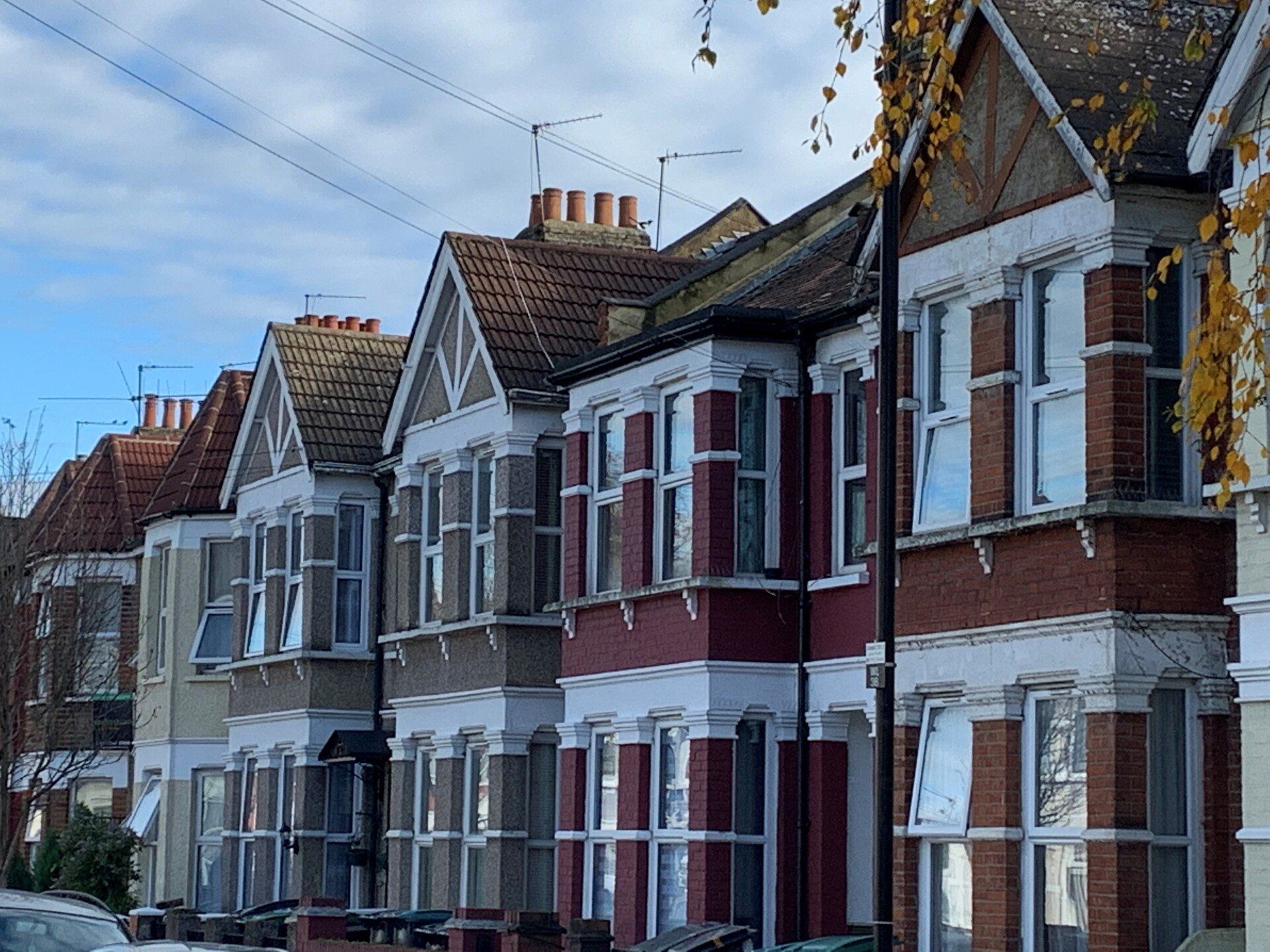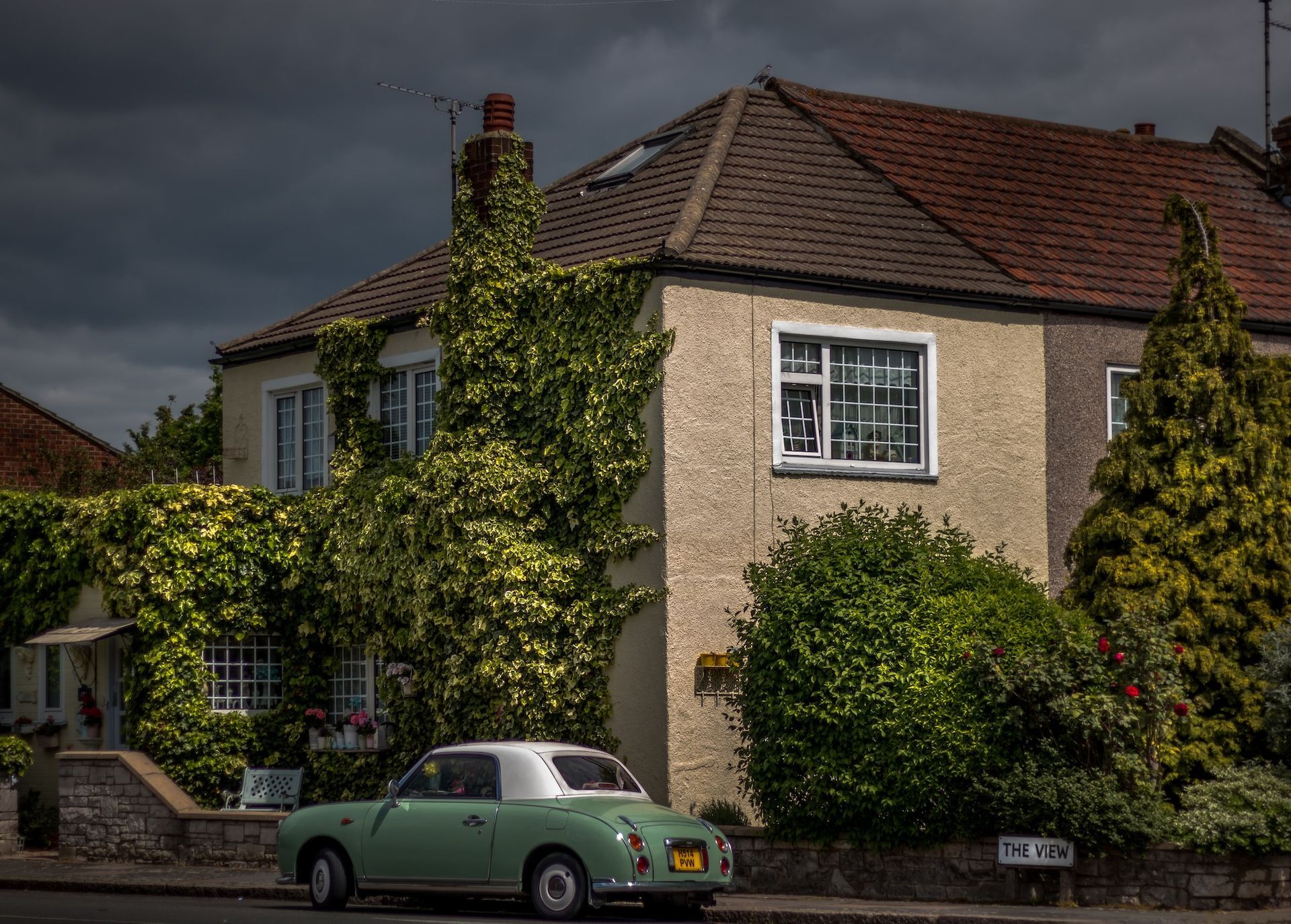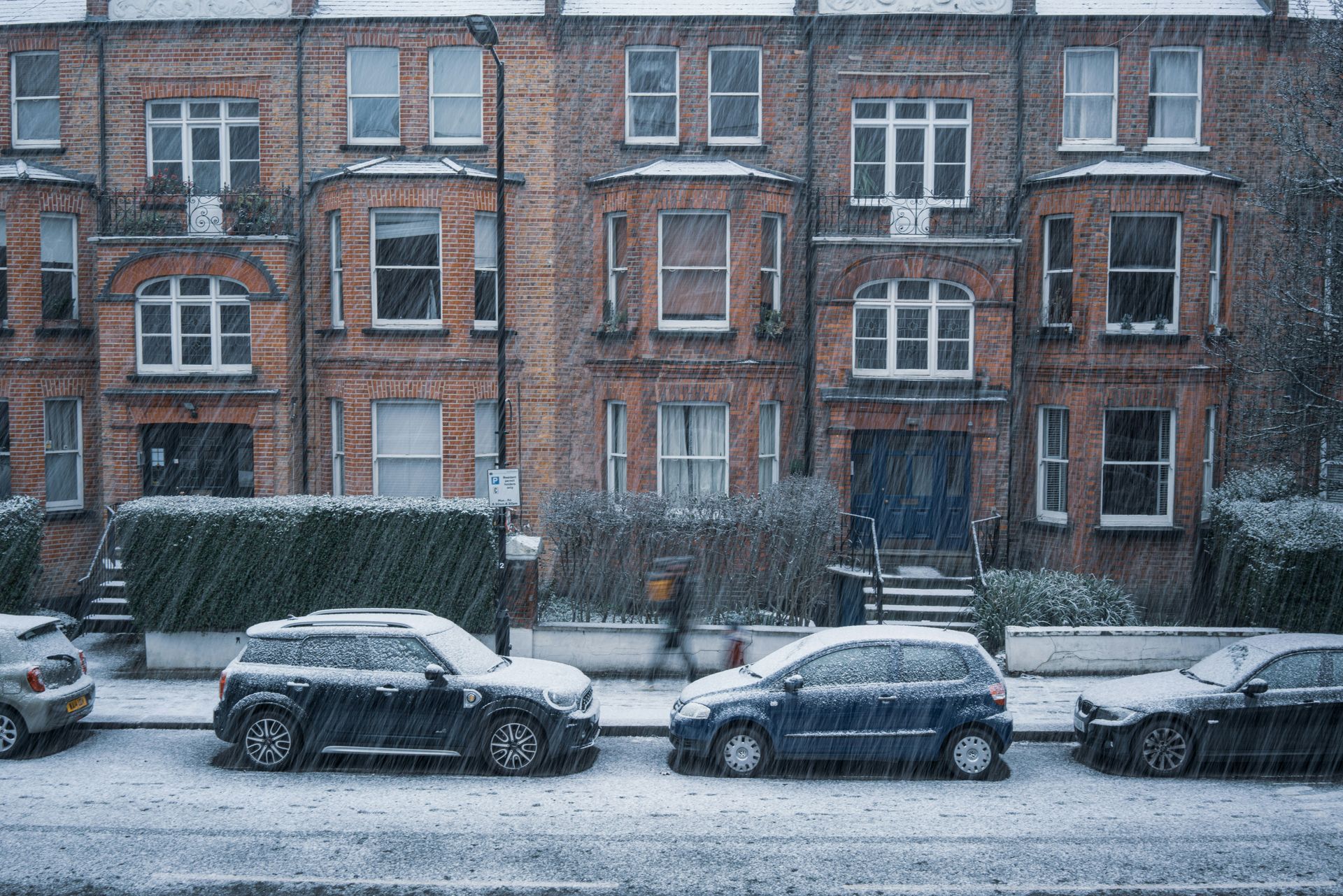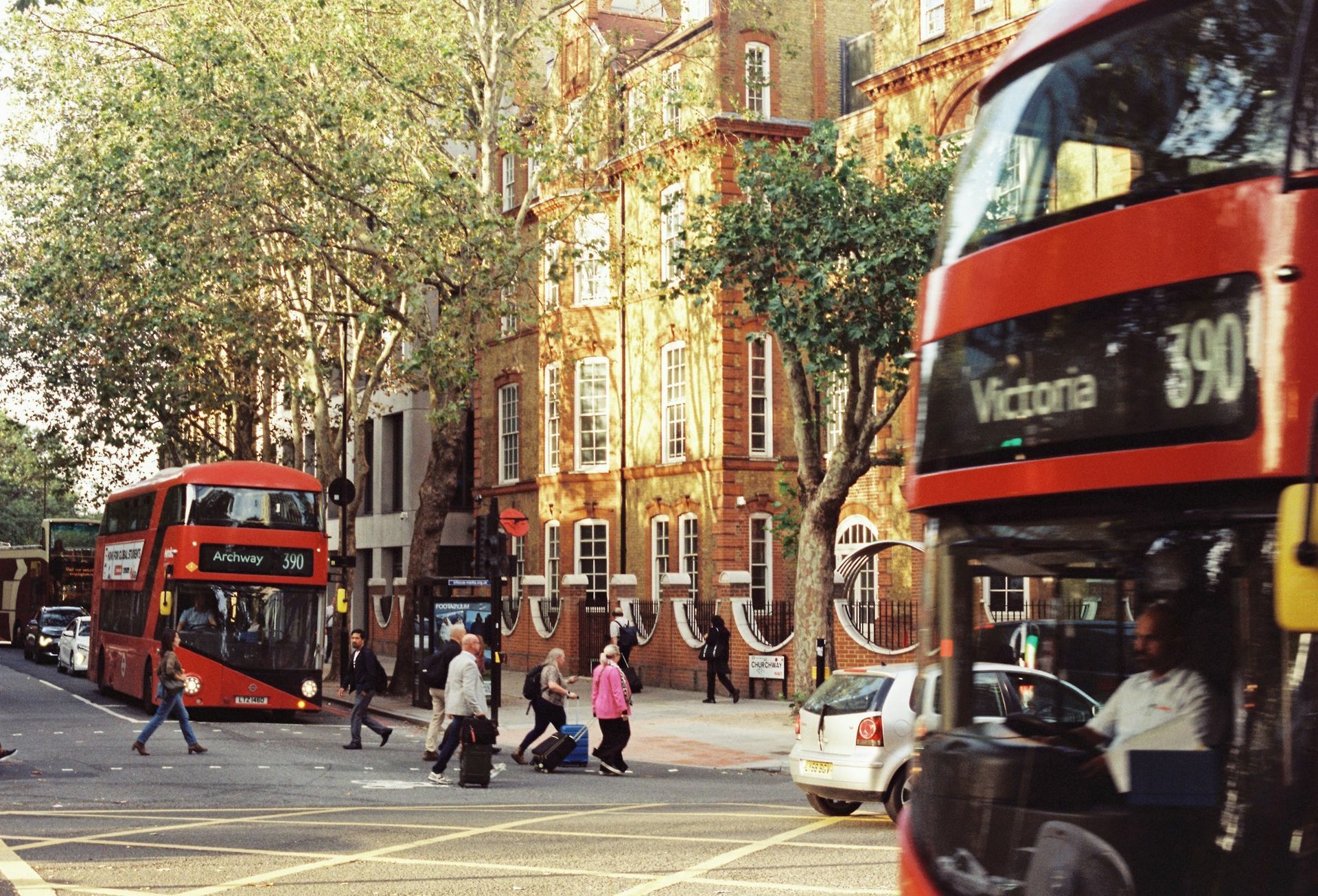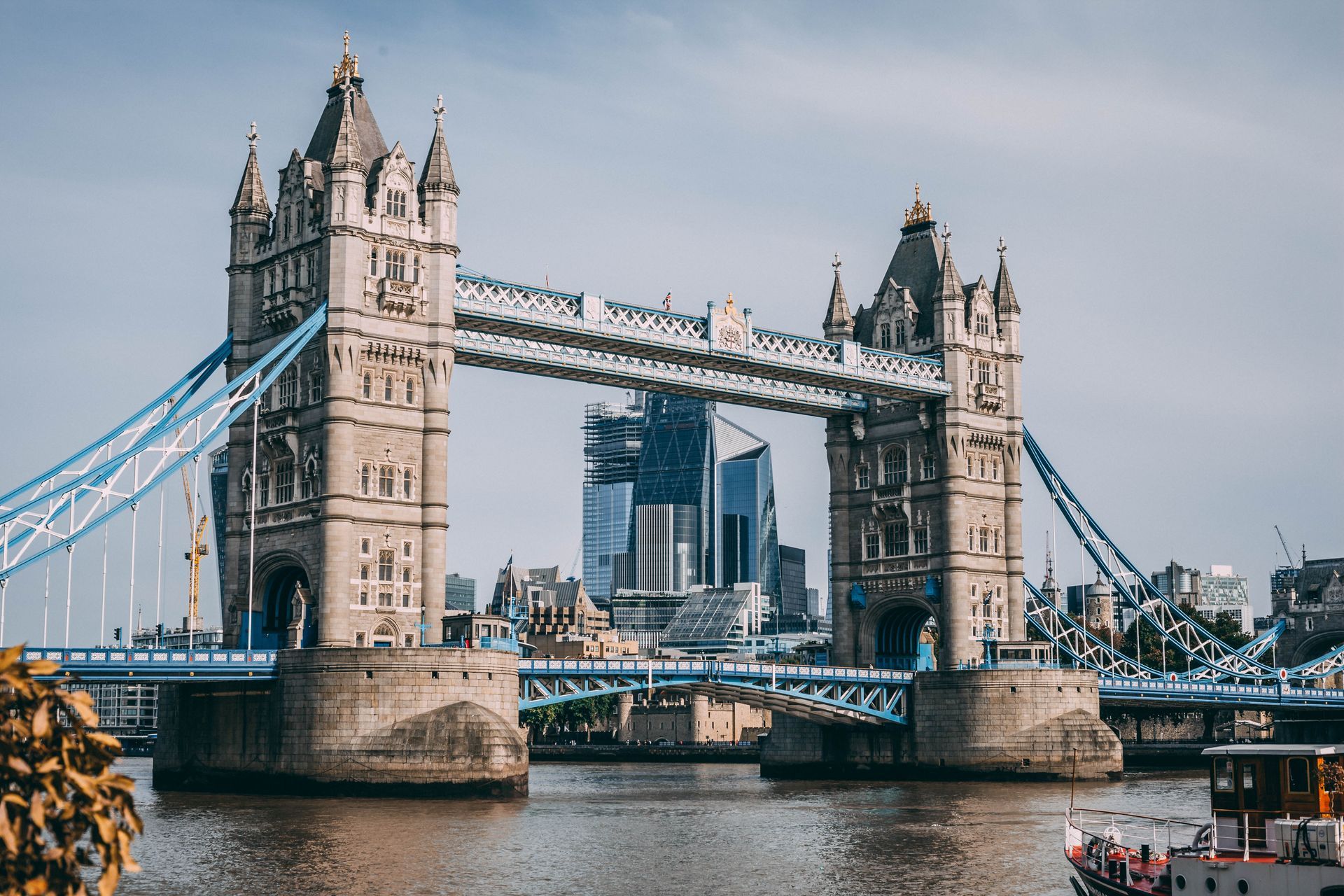Underpinning and Structural Repairs Under The Party Wall Act 1996
When it comes to structural repairs and modifications near or on shared boundaries, The Party Wall Act 1996 plays a crucial role in defining the rights and responsibilities of property owners in England and Wales. Underpinning, a common method to reinforce foundations, and other structural repairs can sometimes encroach on party walls, adjacent properties, or boundary lines. This guide provides insights into underpinning and structural repairs within the legal framework of The Party Wall Act, ensuring property owners understand their obligations and processes when performing these works.
Understanding The Party Wall Act 1996
The Party Wall Act 1996 governs work done on or near party walls, which are walls shared between two adjoining properties, such as a dividing wall between semi-detached or terraced houses. It also applies to boundary walls and other walls or structures near a neighboring property. The Act’s main purpose is to prevent and resolve disputes related to building works, ensuring that the interests of both property owners—the one initiating the work (building owner) and the neighboring owner (adjoining owner)—are protected.
Key Aspects of The Act
Notifications: The building owner must notify adjoining owners of any proposed work.
Written Agreement: If the adjoining owner consents, work can commence. However, if they dissent, a party wall surveyor may be appointed to mediate and establish a Party Wall Award.
Surveyor’s Role: If there’s no agreement, surveyors act as impartial advisors, setting guidelines for the work while protecting both properties from unnecessary damage.
What is Underpinning?
Underpinning is a structural process that involves strengthening or deepening a building’s foundations. It’s often necessary when:
- The existing foundation is unstable or insufficient.
- The building is showing signs of subsidence or settlement.
- The load-bearing capacity of the foundation needs enhancement to support additional structures, such as extensions or extra floors.
- The process typically involves excavating below the existing foundation and adding supportive materials, like concrete or steel beams, to reinforce the ground and prevent further settling. Because underpinning usually occurs at or near property boundaries, it frequently falls under the provisions of The Party Wall Act.
When Underpinning Falls Under The Party Wall Act
Certain types of underpinning and structural repairs require notification and may necessitate a formal Party Wall Award:
- Work Directly on a Party Wall: Any underpinning or structural repairs that affect the shared wall directly.
- Excavation Close to Adjoining Property: Under the Act, excavation within 3-6 meters of an adjoining structure, depending on depth, mandates notice to the neighboring owner.
- Potential Impact on Neighboring Foundations: If the underpinning work could alter the strength or stability of the adjoining property’s foundation, a notice is required.
Notification Requirements
Before beginning any underpinning, the building owner must issue a “Party Structure Notice” (for direct party wall work) or a “Notice of Adjacent Excavation” (for work within a specified distance). This should detail the nature of the work, start dates, and any necessary details related to the project.
Steps to Undertake Underpinning under The Party Wall Act
1. Notify Your Neighbor
The first step is to formally notify your adjoining neighbor(s) about the planned underpinning work. The Party Wall Act stipulates that:
- Notification must be in writing.
- Notices should be served at least two months before any underpinning work commences if it directly affects the party wall, or one month for excavation.
- The notice must include the work description, timeline, and contact information.
2. Obtain Neighbor’s Consent or Dissent
Consent: If the adjoining owner agrees to the work, it’s documented, and work can proceed as planned.
Dissent: If the adjoining owner dissents or fails to respond within 14 days, both parties must appoint surveyors to handle the matter.
3. Appoint a Party Wall Surveyor
In cases of dissent, surveyors are brought in to produce a Party Wall Award. A surveyor will:
- Evaluate the potential impact of underpinning on both properties.
- Establish guidelines for minimizing disruption, securing both properties during construction.
- Document the pre-work condition of adjoining property to record any existing damages.
4. Issue a Party Wall Award
The Party Wall Award outlines the scope of work, legal protections, and any other requirements for the underpinning project. It may include:
- Provisions for protecting adjoining property (e.g., vibration monitoring).
- Working hours, noise reduction strategies, and safety protocols.
- Repair obligations should any incidental damage occur.
- The Award also clarifies financial responsibilities, assigning costs for the work, surveyor fees, and compensation if necessary.
What Happens if Damage Occurs During Underpinning?
Although underpinning is typically safe, it’s crucial to address potential risks of damage. If the building owner’s work causes damage to the adjoining property, The Party Wall Act holds the building owner responsible for repairs or compensation. The process generally involves:
Surveyor’s Assessment: The appointed surveyor will examine the damage and determine its cause. If it’s linked to the underpinning work, the surveyor will document the required repairs.
Repair or Compensation: The building owner must either repair the damage or pay compensation if direct repair is impractical.
Legal Recourse: If disputes arise over the extent of damage or repair quality, further surveyor assessments or legal proceedings may be pursued.
Avoiding Common Underpinning Pitfalls
To make sure your underpinning project runs smoothly under the Party Wall Act, consider these best practices:
Engage a Structural Engineer: Consulting with a structural engineer early can help assess the scope of underpinning and anticipate any complications.
Clear Communication: Keeping your adjoining neighbor informed and maintaining open communication can prevent misunderstandings.
Be Mindful of Timelines: The notification process requires a waiting period, so plan accordingly to avoid project delays.
Compliance with Building Regulations: While the Party Wall Act provides legal parameters for neighborly relations, the underpinning itself must also meet Building Regulations, ensuring structural integrity and safety.
Conclusion
Underpinning and structural repairs are sometimes essential for safeguarding a building’s stability, especially with aging or shifting foundations. However, when these repairs involve shared or boundary walls, The Party Wall Act 1996 ensures that the interests of all affected parties are respected. By understanding your responsibilities under the Act, communicating with neighbors, and securing an experienced surveyor, you can navigate the underpinning process smoothly, preserving property integrity and fostering positive neighbor relations.
For friendly professional advice, contact us or call now and speak with a specialist Party Wall Surveyor.

